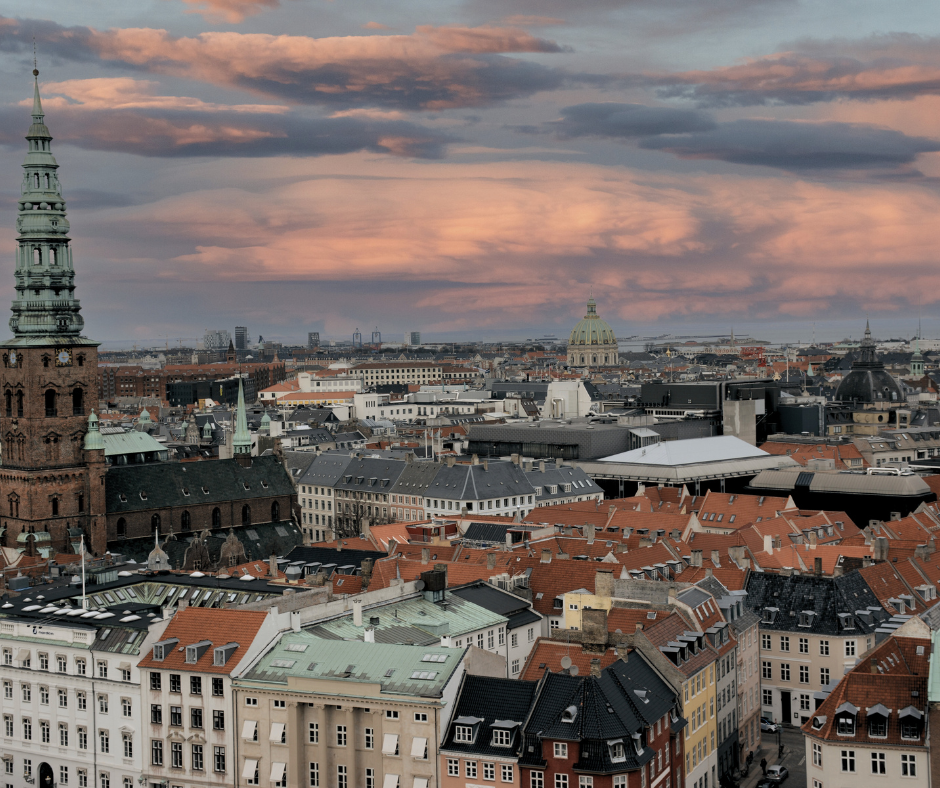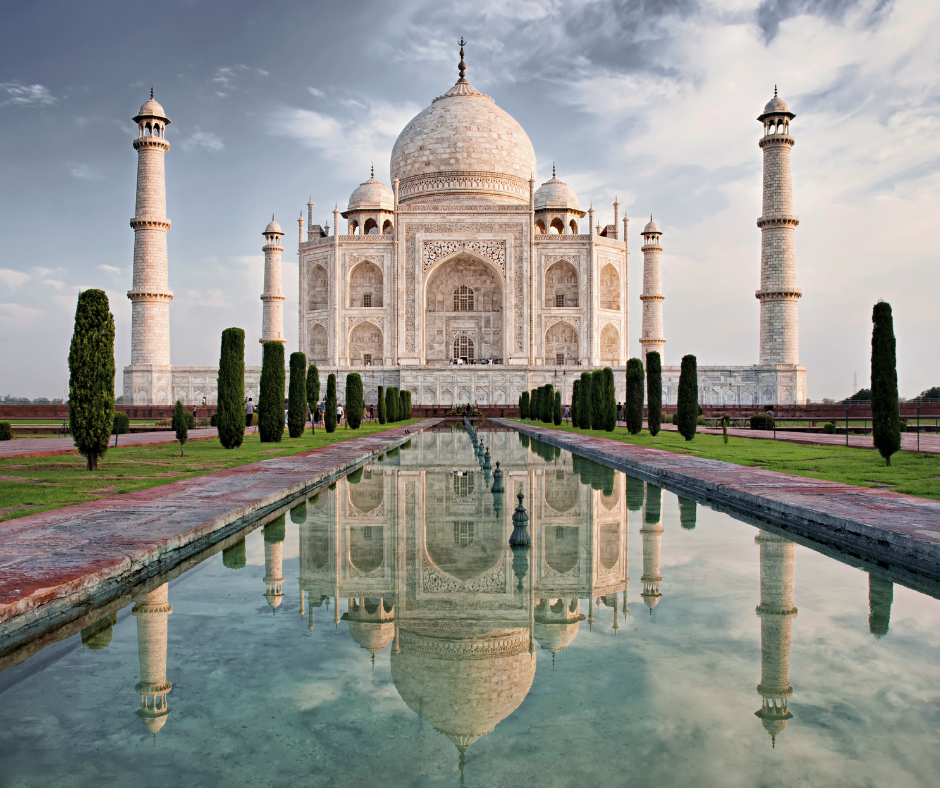
Feats of Engineering: Stunning Domed Buildings Around the World
Summary
Domed buildings are engineering marvels that encapsulate the architectural ingenuity and cultural heritage of their times. From ancient Mesopotamia and Egypt to modern structures like the Montreal Biosphere, domes have evolved to become iconic landmarks. This article explores the origins and significance of some of the world’s most stunning domed buildings, including St. Peter’s Basilica, the Taj Mahal, the Dome of the Rock, and the United States Capitol.
Reflection Questions
- Which domed building mentioned in the article resonates with you the most, and why? Does its cultural significance, architectural style, or historical context appeal to you?
- How do you think the design of domed buildings has evolved over time? What technological or cultural factors have influenced these changes?
- If you could design your own domed structure, what would its purpose be? What unique features or materials would you incorporate?
Journal Prompt
Reflect on a domed building that has made a significant impact on you, whether through personal experience or admiration from afar. Describe what makes this building unique to you, considering its architectural design, historical significance, and cultural influence. How does this structure inspire you in your own life or work?
Domed buildings are remarkable feats of engineering. In addition to immortalizing the architectural prowess of their designers, they also encapsulate the cultural heritage of their times. From the ancient innovations of Mesopotamia and Egypt to the modern marvels of the 20th century, domes are iconic landmarks around the world. These structures not only showcase the ingenuity of their creators but also reflect the diverse artistic and religious influences that have shaped human civilization. In this article, we explore some of the most stunning domed buildings across the globe, each with its own unique story and significance. From St. Peter’s Basilica in Vatican City to the Montreal Biosphere in Canada, these are the greatest domed buildings throughout history. Read on to learn all about the origins and evolution of the world’s most incredible domed structures.
Exploring the Origins of Domed Structures in Ancient Times
The invention and development of dome structures cannot be attributed to a single individual, as the concept of the dome evolved over centuries through various cultures and civilizations. However, there are several key historical figures and civilizations that significantly contributed to the development and popularization of dome architecture.
The Earliest Domes in Ancient Mesopotamia and Egypt
The earliest examples of domes date back to ancient Mesopotamia (around 4000 BCE), where mud-brick structures with curved roofs were constructed. Similarly, ancient Egyptian architecture featured corbelled domes in some tombs and storage facilities.
Domes in Classical Antiquity
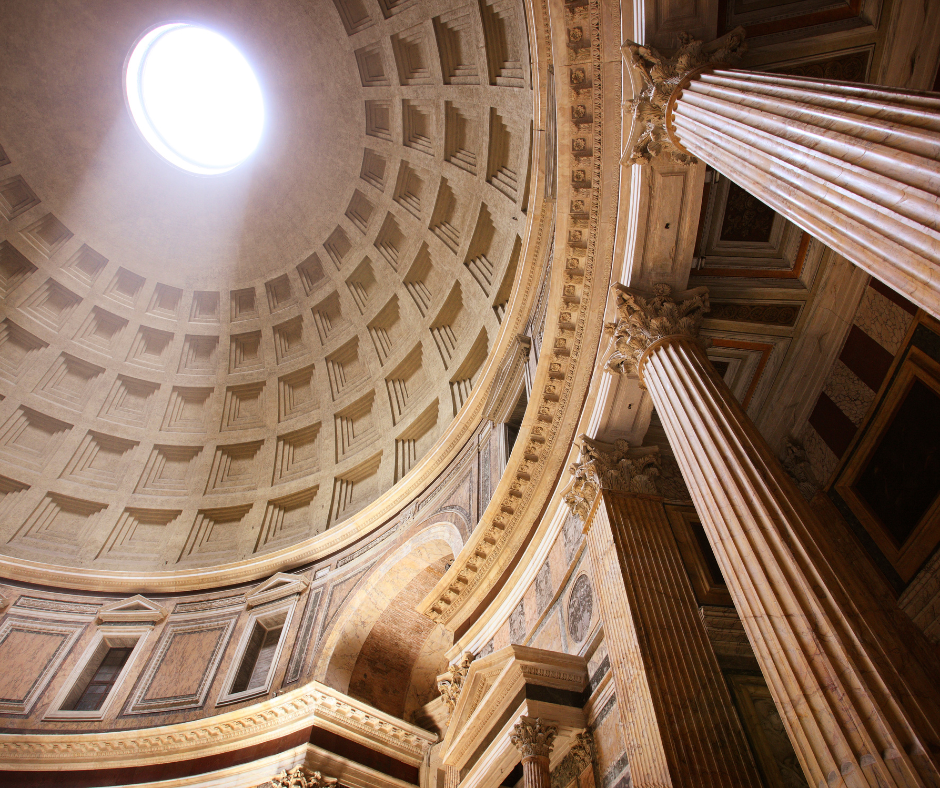
The Romans significantly advanced dome construction, with notable examples like the Pantheon in Rome (completed around 126 CE). The Pantheon’s unreinforced concrete dome, with its central oculus, remains one of the largest and most influential domes in architectural history.
The Byzantine Empire’s Iconic Domes
Built in 537 CE under the direction of Emperor Justinian I, the Hagia Sophia in Constantinople (modern-day Istanbul) features a massive central dome and is considered a masterpiece of Byzantine architecture. Architects Isidore of Miletus and Anthemius of Tralles were instrumental in its design.
Domes in Early Islamic Architecture
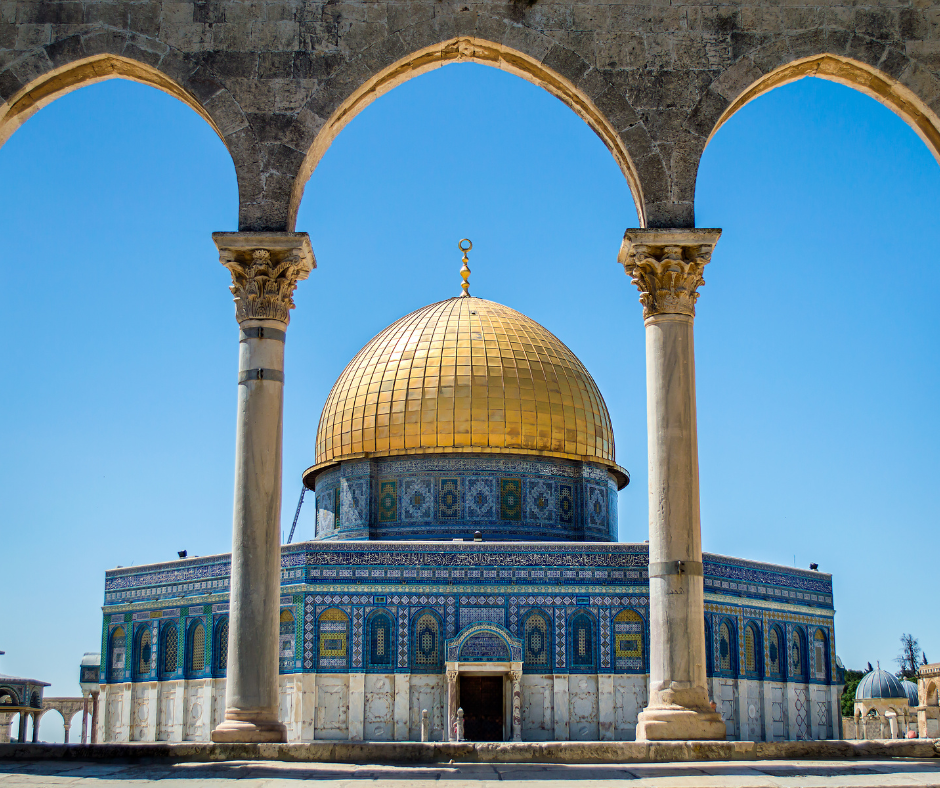
Constructed in 691-692 CE in Jerusalem, the Dome of the Rock is one of the earliest and most iconic examples of Islamic domes. It set a precedent for future Islamic architecture, incorporating intricate designs and a prominent central dome.
Domes of the Renaissance and Baroque Eras

During the Renaissance, Filippo Brunelleschi designed the dome of the Florence Cathedral (completed in 1436), which was revolutionary for its time due to its size and the innovative techniques used in its construction. In the Baroque period, Michelangelo’s design for the dome of St. Peter’s Basilica in Vatican City (completed in 1590) became a defining feature of Renaissance architecture.
Modern Innovations in Dome Design
In the 20th century, Buckminster Fuller popularized the geodesic dome, an innovative design characterized by its lightweight structure and efficient use of materials. Fuller patented the geodesic dome in 1954, making significant contributions to modern architectural and engineering practices.
From Vatican City to Abu Dhabi: Stunning Domed Buildings Around the World
Taj Mahal (Agra, India)
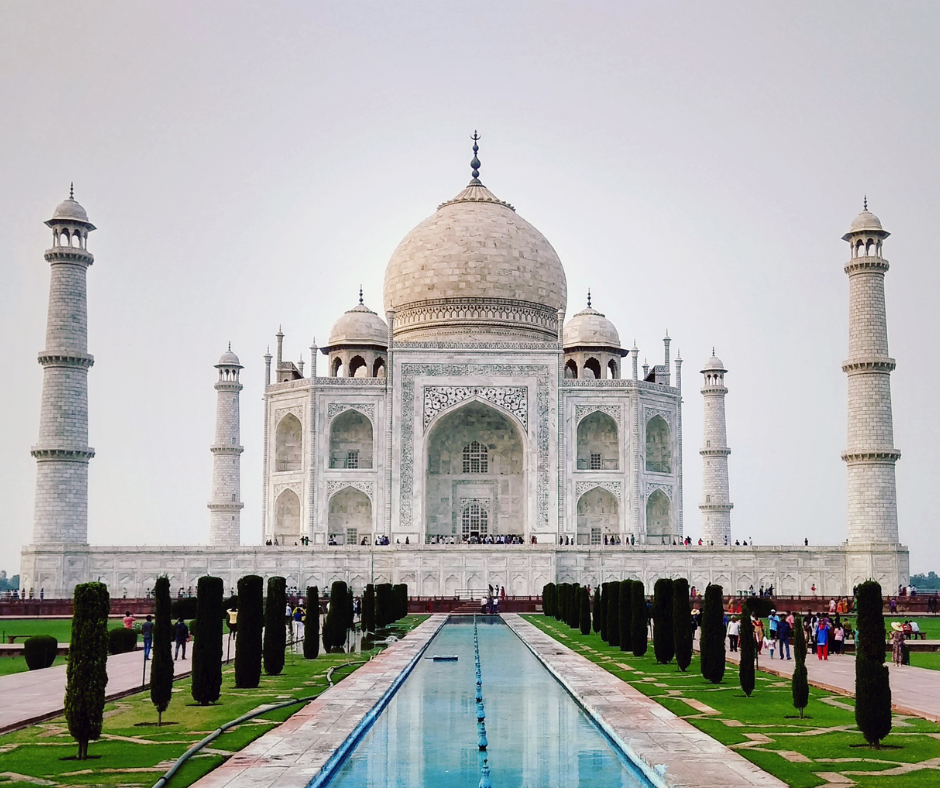
The Taj Mahal, located in Agra, India, is one of the most famous and beautiful buildings in the world. Designed by the chief architect Ustad Ahmad Lahauri, it was commissioned by Mughal Emperor Shah Jahan in memory of his beloved wife Mumtaz Mahal, who died during childbirth in 1631. Completed in 1653, the Taj Mahal is a mausoleum that exemplifies the height of Mughal architecture with its harmonious blend of Indian, Persian, and Islamic styles.
The structure’s most striking feature is its central dome, which rises gracefully to a height of approximately 73 meters (240 feet). This gleaming white marble dome, often referred to as an “onion dome,” is flanked by four smaller domes and surrounded by minarets. The Taj Mahal’s exquisite symmetry, intricate inlay work of semi-precious stones, and its reflective pool make it a symbol of eternal love and one of the New Seven Wonders of the World.
Dome of the Rock (Jerusalem)
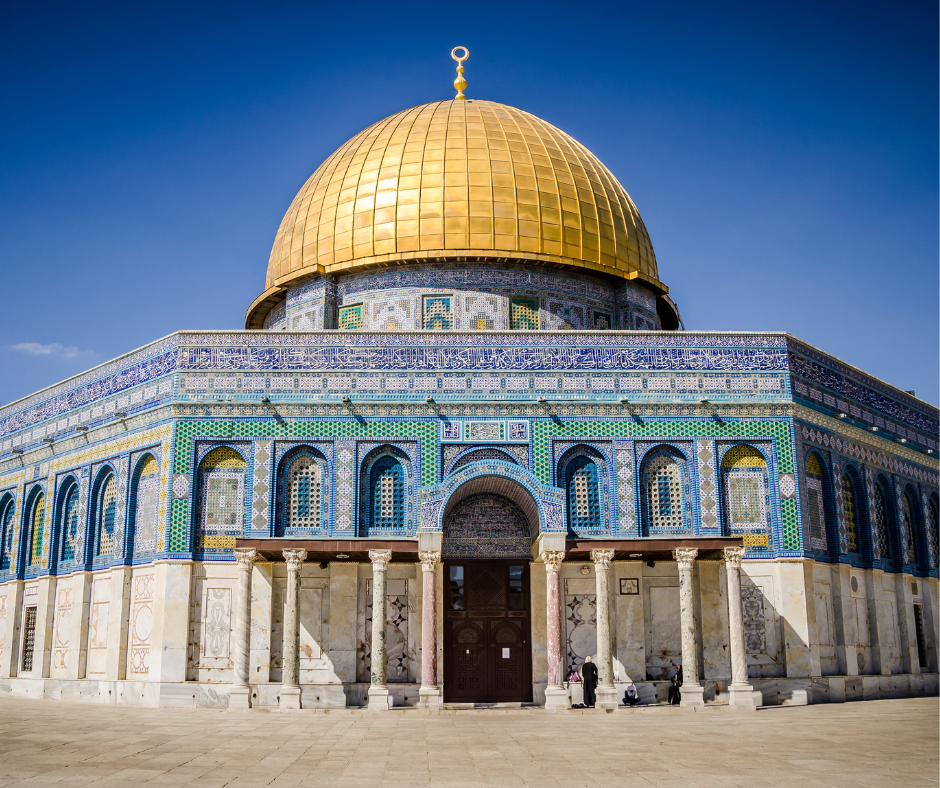
The Dome of the Rock, located on the Temple Mount in Jerusalem, is one of the oldest and most significant works of Islamic architecture. Constructed between 691 and 692 CE, the shrine was designed by the architects Raja ibn Haywah and Yazid Ibn Salam under the Umayyad Caliph Abd al-Malik. The structure is built over a sacred rock, which holds religious significance for Muslims, Christians, and Jews.
The Dome of the Rock is celebrated for its large, gilded dome that dominates the Jerusalem skyline. The dome, originally covered in gold and later in aluminum with gold leaf, sits atop an octagonal base adorned with stunning mosaics, marble, and inscriptions from the Quran. As a masterpiece of early Islamic architecture, the Dome of the Rock is not only a religious symbol but also a cultural landmark that continues to draw visitors and pilgrims from around the world.
United States Capitol (Washington, D.C., USA)

The United States Capitol in Washington, D.C., is the iconic home of the United States Congress. The original design was by architect William Thornton, with significant contributions and expansions by architects Charles Bulfinch, Thomas U. Walter, and others over the years. One of the most recognizable features of the Capitol is its cast-iron dome, designed by Thomas U. Walter and constructed between 1855 and 1866.
The dome, which replaced an earlier wooden one, is an architectural marvel, weighing nearly 9 million pounds and topped with the bronze Statue of Freedom. The Capitol Dome is a symbol of American democracy and governance, and its grand structure includes a rotunda with historic frescoes and sculptures. As a working legislative building and a national symbol, the United States Capitol plays a central role in the nation’s history and daily political life.
Florence Cathedral (Florence, Italy)
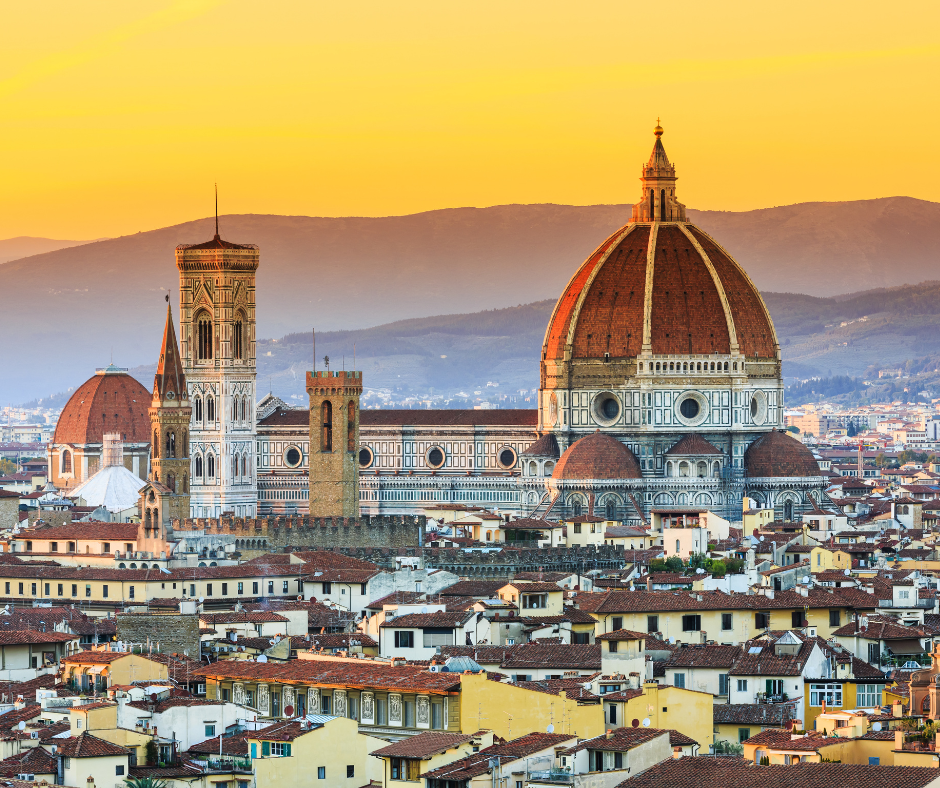
The Florence Cathedral, also known as the Cathedral of Santa Maria del Fiore, is an architectural masterpiece located in Florence, Italy. The cathedral’s most remarkable feature is its large brick dome, designed by Filippo Brunelleschi and completed in 1436. At the time of its construction, Brunelleschi’s dome was the largest in the world and remains one of the most significant achievements of Renaissance architecture.
The dome spans 45 meters (148 feet) in diameter and is notable for its innovative double-shell design, which allows it to be both lightweight and incredibly strong. The cathedral itself, begun in 1296 and designed by Arnolfo di Cambio, features a façade of intricate marble panels in various shades of green and pink bordered by white. Brunelleschi’s dome not only defines the skyline of Florence but also represents a turning point in architectural history, influencing dome construction for centuries to come.
St. Paul’s Cathedral (London, England)
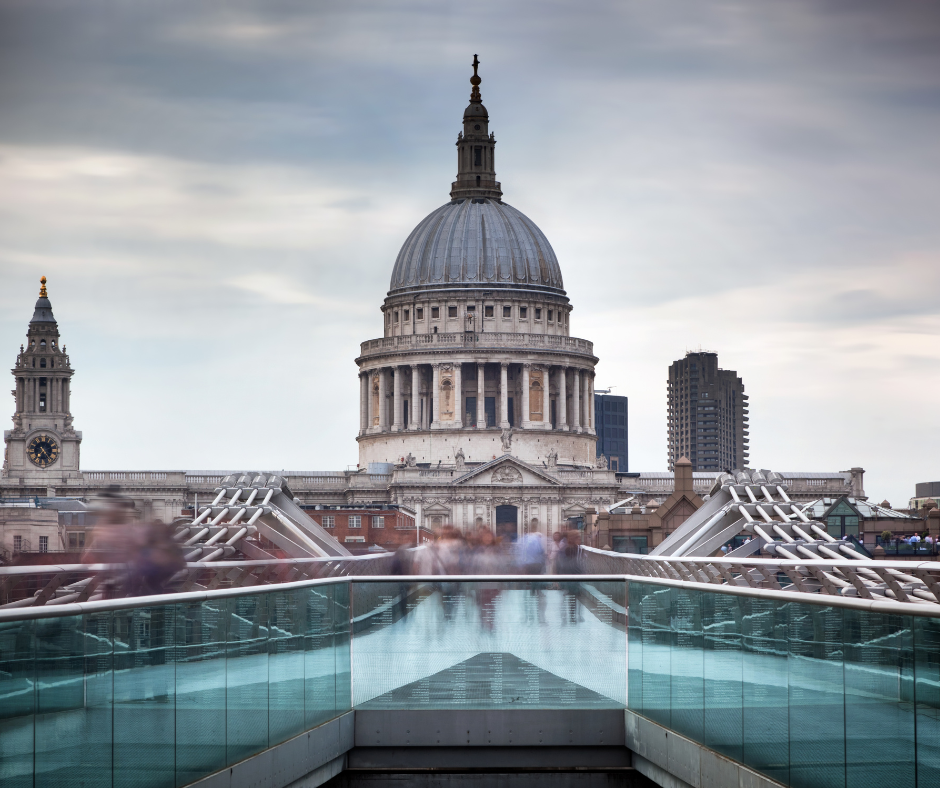
St. Paul’s Cathedral, located in London, England, is one of the most famous landmarks of the city and an enduring symbol of the Anglican Church. Designed by Sir Christopher Wren after the Great Fire of London in 1666, the current cathedral was completed in 1708. Its most striking feature is its large dome, which rises 111 meters (365 feet) above the ground and remains one of the highest in the world. The dome consists of three shells: an inner dome, a brick cone for structural support, and an outer dome.
Inside, the cathedral’s magnificent interior includes the Whispering Gallery, known for its unique acoustics, and the breathtaking mosaics and sculptures. St. Paul’s Cathedral has been the site of many significant events in British history, including the funerals of Lord Nelson and Sir Winston Churchill, as well as the wedding of Prince Charles and Lady Diana Spencer. Its architectural beauty and historical significance make it a central figure in London’s cultural and religious life.
Montreal Biosphere (Montreal, Canada)
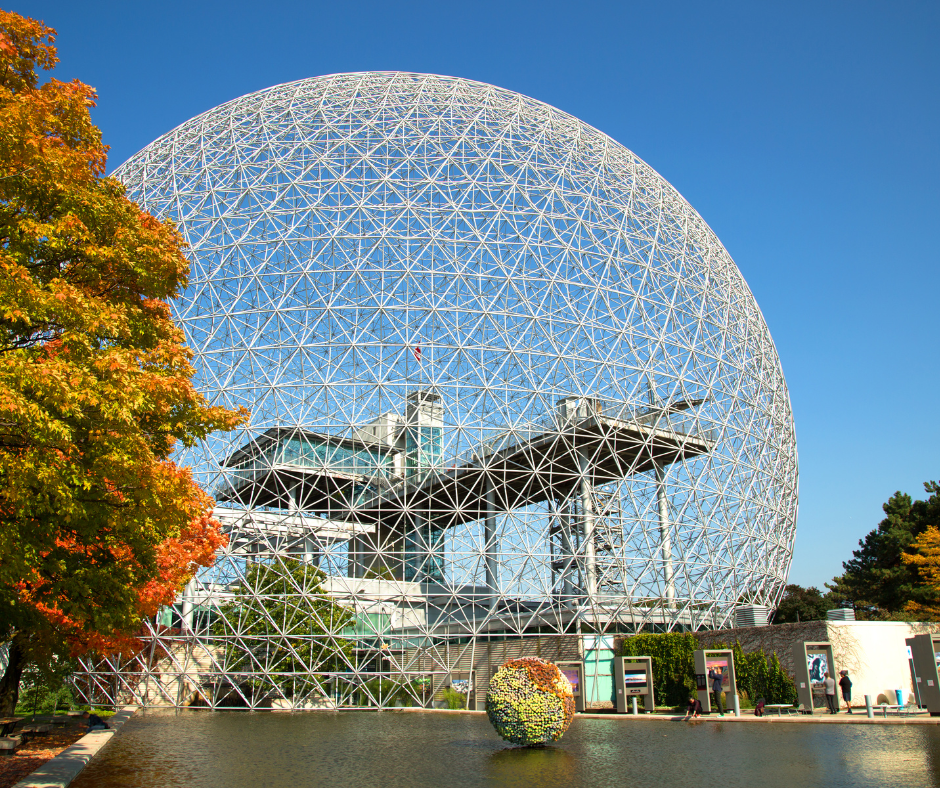
The Montreal Biosphere, located on Île Sainte-Hélène in Montreal, Canada, is a striking geodesic dome designed by the visionary architect Buckminster Fuller. Originally constructed as the United States pavilion for Expo 67, the World Fair held in Montreal in 1967, the Biosphere is now an environmental museum dedicated to ecological and environmental issues.
The structure is composed of a complex network of steel rods forming a geometric lattice, which creates a lightweight yet incredibly strong dome. The transparent acrylic panels that once covered the structure have been removed, allowing visitors to appreciate the intricate framework of the dome. Fuller’s design exemplifies his principles of efficiency and sustainability, making the Montreal Biosphere an enduring symbol of innovative architecture and environmental education.
Spaceship Earth (Epcot, Walt Disney World, Florida, USA)
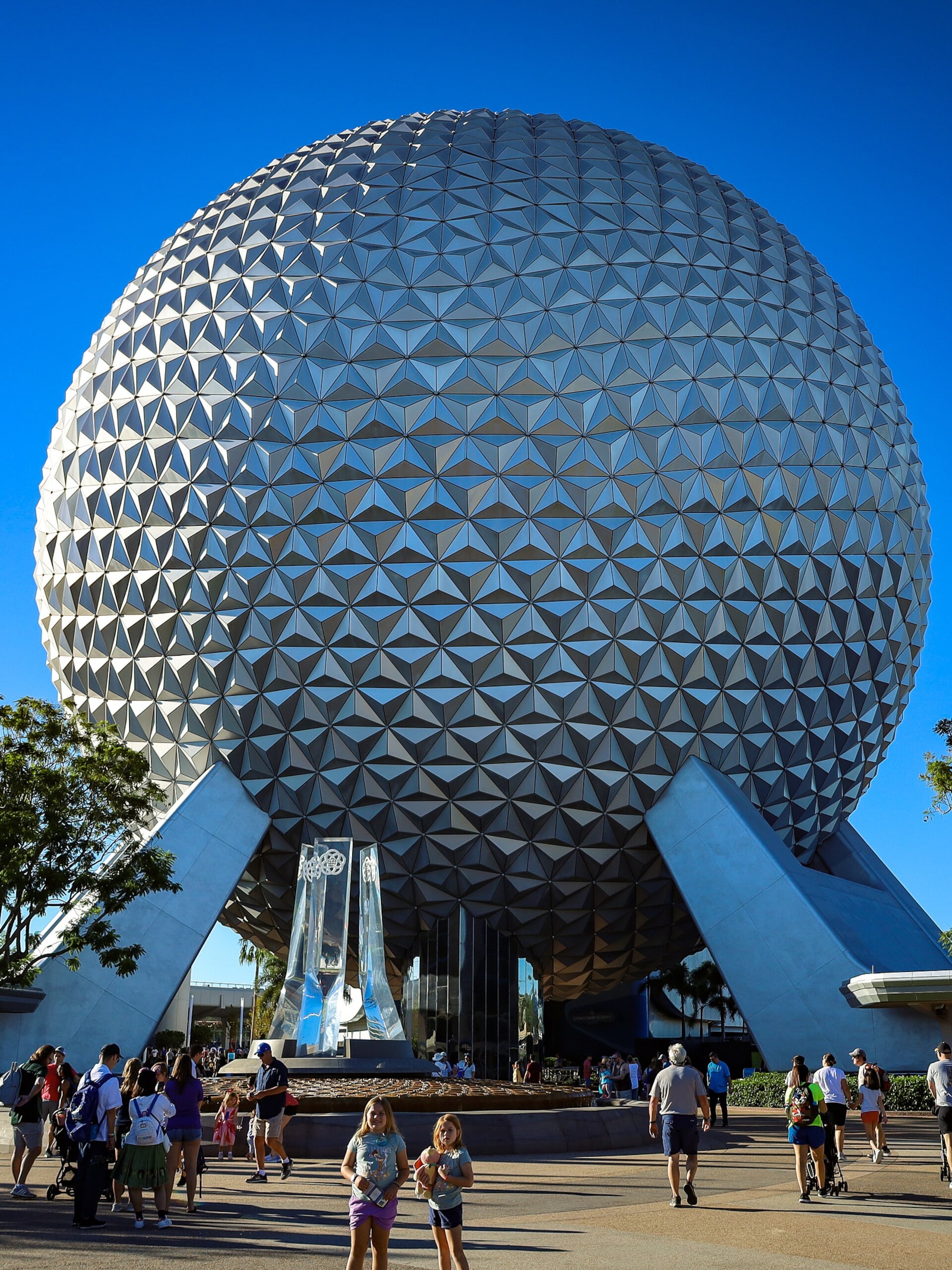
Spaceship Earth is a geodesic sphere that serves as the iconic structure and main attraction of Epcot, one of the theme parks at Walt Disney World Resort in Florida, USA. Designed by a team of engineers and architects, including the notable contributions of Buckminster Fuller’s geodesic dome concept, Spaceship Earth was completed in 1982.
Fuel your creative fire & be a part of a supportive community that values how you love to live.
subscribe to our newsletter
*please check your Spam folder for the latest DesignDash Magazine issue immediately after subscription

The sphere stands 55 meters (180 feet) tall and is composed of 11,324 silver-colored triangular panels. Inside, the attraction takes visitors on a journey through the history of human communication, from prehistoric times to the modern age. Spaceship Earth’s futuristic design and educational focus make it a centerpiece of Epcot, embodying the park’s themes of innovation, technology, and global culture.
Fuller’s Prototype Dymaxion House
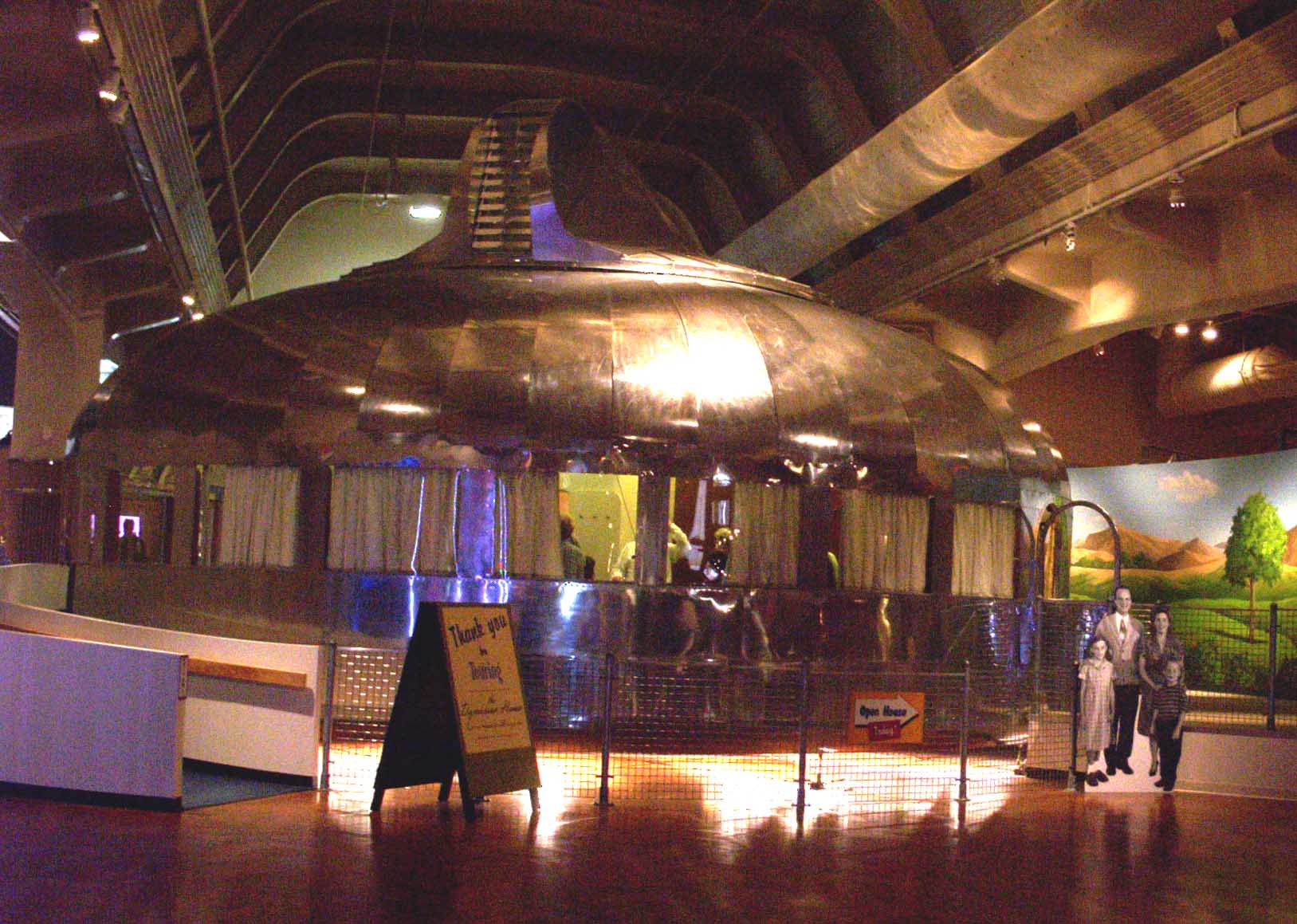
Buckminster Fuller’s prototype Dymaxion House represents his vision for affordable, efficient, and sustainable housing. Designed in the 1920s and 1930s, the Dymaxion House was intended to address the housing shortages of the time by offering a prefabricated, mass-producible home that could be easily assembled and transported. The circular design, made primarily of aluminum, featured a central support column and a suspended roof, allowing for maximum interior space with minimal materials.
The house was equipped with innovative features such as a rotating pantry and built-in furniture, emphasizing Fuller’s principles of functionality and efficiency. Although the Dymaxion House was never mass-produced, it remains a symbol of Fuller’s forward-thinking approach to architecture and his commitment to creating sustainable living environments.
The Louvre Abu Dhabi
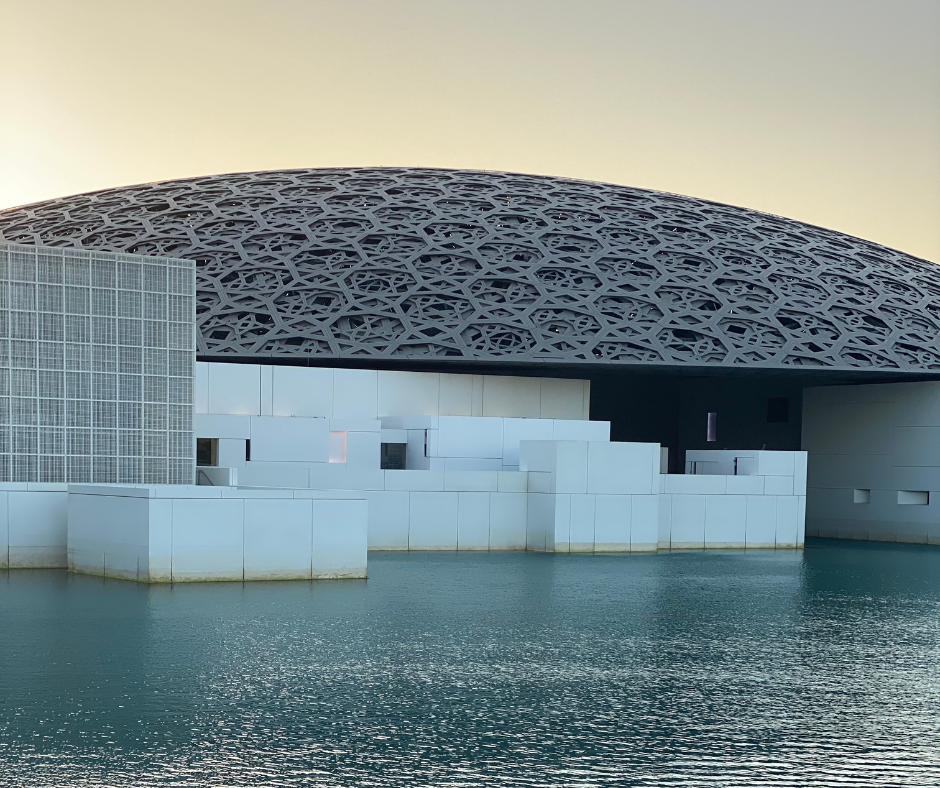
The Louvre Abu Dhabi, located on Saadiyat Island in Abu Dhabi, United Arab Emirates, is an iconic museum that opened in November 2017. Designed by French architect Jean Nouvel, the building features a stunning dome that is a feat of modern engineering and design. The dome, which measures 180 meters in diameter, consists of an intricate geometric pattern of stars, allowing sunlight to filter through and create a beautiful “rain of light” effect within the museum.
This structure not only provides shade and cooling but also evokes traditional Islamic architectural elements, blending contemporary aesthetics with cultural heritage. The Louvre Abu Dhabi is a symbol of cultural exchange and collaboration between France and the UAE, housing a diverse collection of artworks from around the world.
St. Peter’s Basilica (Vatican City)
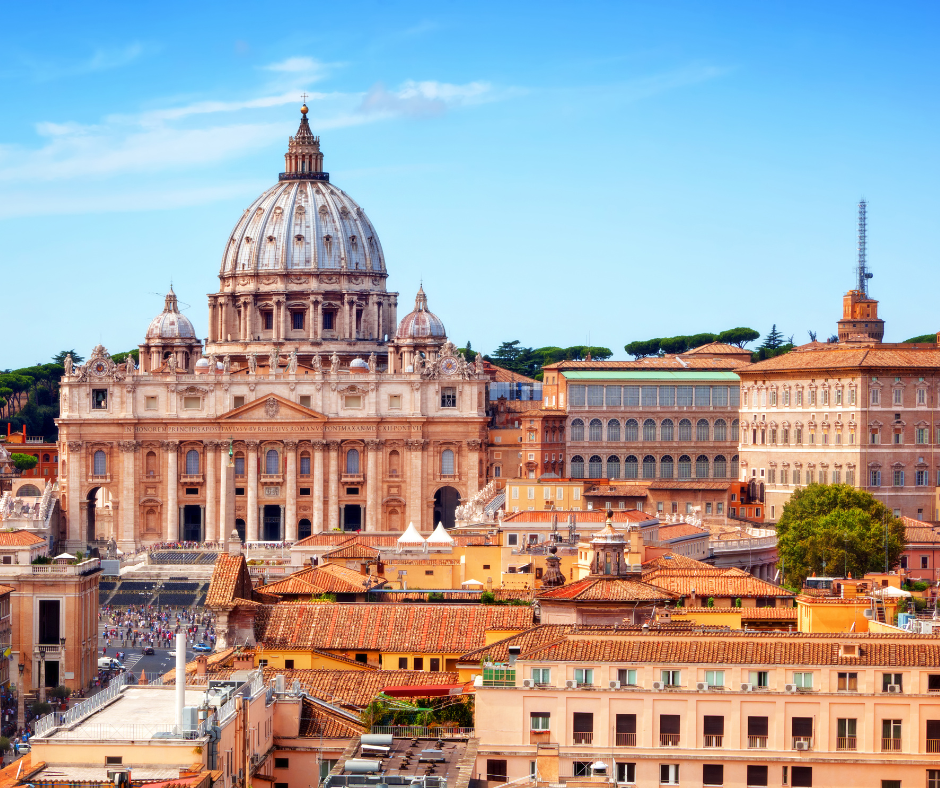
St. Peter’s Basilica in Vatican City is one of the most grandiose churches in the world. Designed by a series of illustrious architects, including Michelangelo, Donato Bramante, Carlo Maderno, and Gian Lorenzo Bernini, the basilica is a masterpiece of Renaissance architecture. Its central dome, designed by Michelangelo, is an engineering marvel, soaring to a height of approximately 136 meters (446 feet).
The interior of the basilica is equally impressive, with intricate mosaics, sculptures, and artworks, including Michelangelo’s Pietà. As the heart of the Roman Catholic Church, St. Peter’s Basilica holds significant religious importance and is a major pilgrimage site, attracting millions of visitors each year.
Hagia Sophia (Istanbul, Turkey)
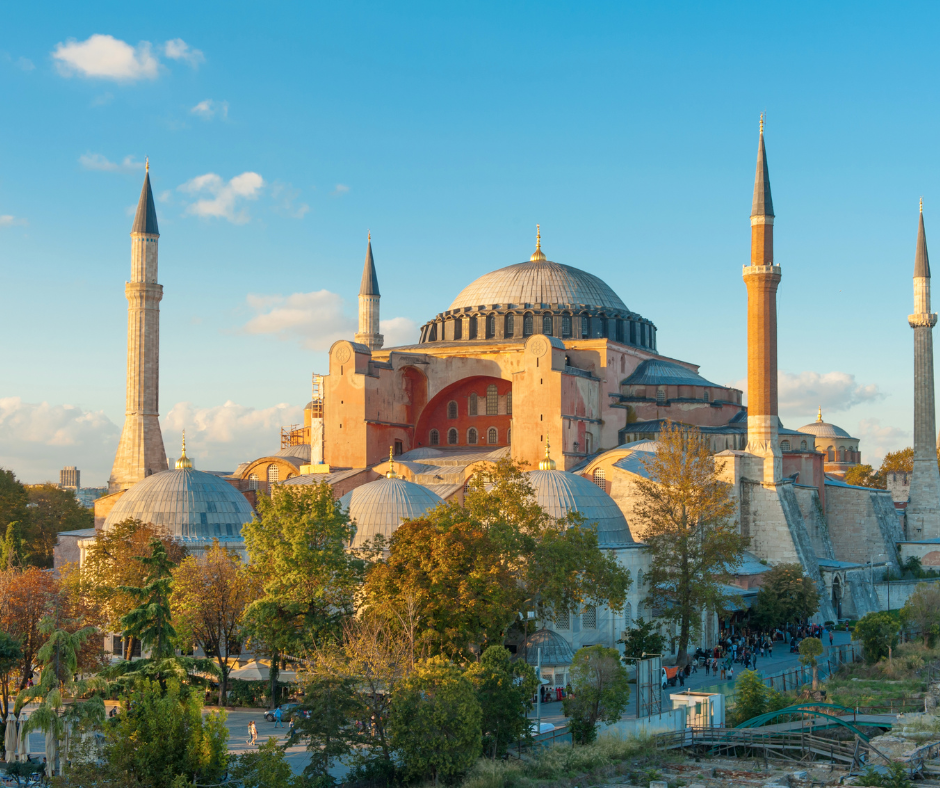
The Hagia Sophia, located in Istanbul, Turkey, is a monumental building with a rich and varied history. Originally constructed as a cathedral in 537 CE under the direction of Byzantine Emperor Justinian I, it was designed by the architects Isidore of Miletus and Anthemius of Tralles. The Hagia Sophia is celebrated for its massive central dome, which was an architectural marvel of its time and significantly influenced subsequent Byzantine and Ottoman architecture.
Following the Ottoman conquest of Constantinople in 1453, it was converted into a mosque, and it remained so until 1935 when it was secularized and turned into a museum. In 2020, it was partially reconverted, though its current use is debated. The Hagia Sophia’s vast dome, intricate mosaics, and historical significance make it a UNESCO World Heritage site and an enduring symbol of cultural and religious transformation.
Pantheon (Rome, Italy)
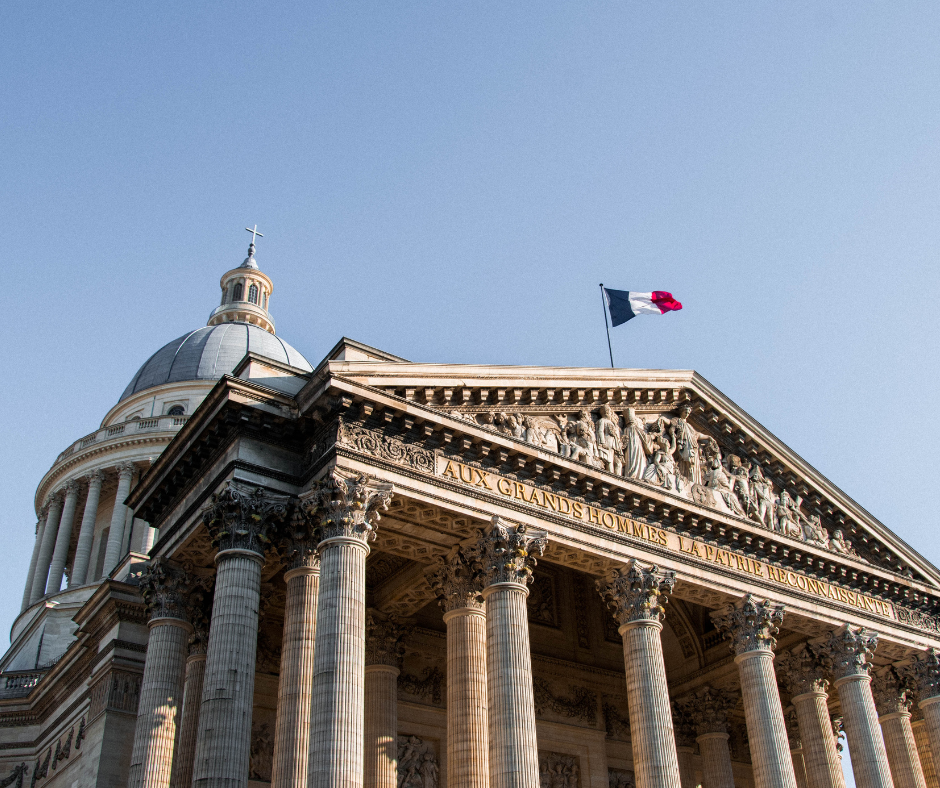
The Pantheon in Rome, Italy, is one of the best-preserved and most influential buildings from ancient Rome. Originally constructed around 27 BCE by Marcus Agrippa and later rebuilt by Emperor Hadrian around 126 CE, the Pantheon was initially a temple dedicated to all the Roman gods. The building is celebrated for its large, unreinforced concrete dome, which remains the second largest of its kind in the world. It comes second only to the Florence Cathedral dome, which was finished in 1436.
The dome features a central oculus, an opening that allows natural light to illuminate the interior, creating a dramatic effect. The Pantheon’s architectural design, particularly its harmonious proportions and the engineering feat of its dome, has inspired countless architects throughout history. Today, it serves as a church dedicated to St. Mary and the Martyrs and remains a major tourist attraction in Rome.
Capitol Building (Havana, Cuba)
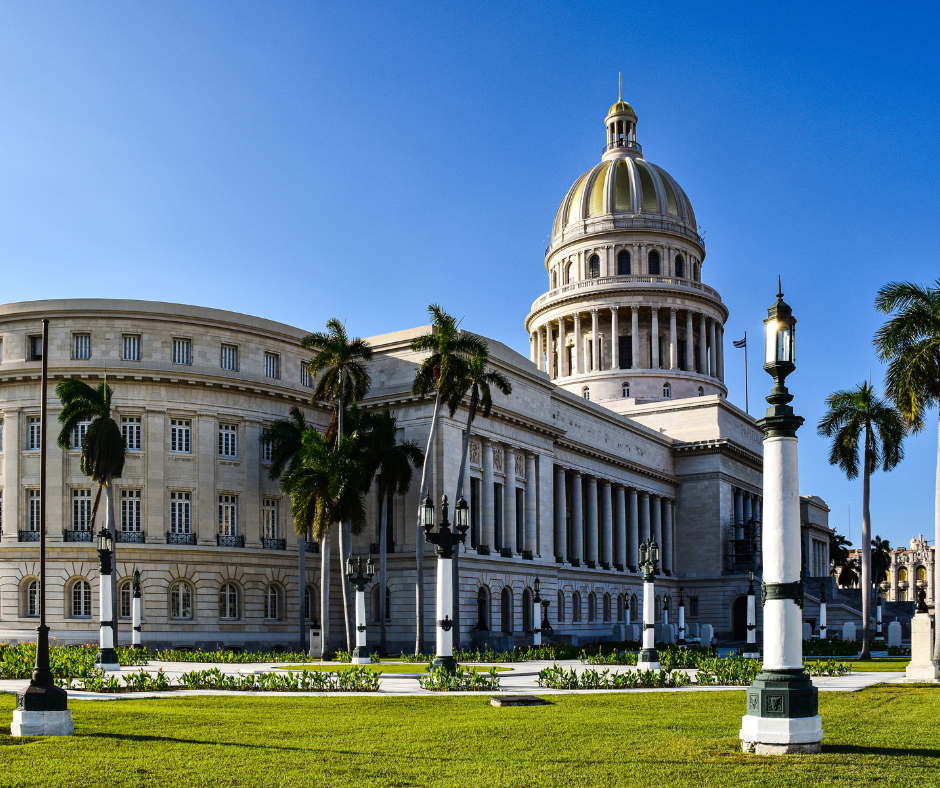
The Capitol Building in Havana, Cuba, known as El Capitolio, is an architectural marvel inspired by the United States Capitol in Washington, D.C. Designed by Cuban architect Eugenio Rayneri Piedra, the building was completed in 1929. Its striking neoclassical design features a massive dome that stands 92 meters (302 feet) tall, making it a prominent feature of Havana’s skyline.
El Capitolio originally served as the seat of the Cuban Congress but now houses the Cuban Academy of Sciences and the National Library of Science and Technology. The building’s impressive interior includes a grand hall, extensive marble floors, and intricate details that reflect the opulence of its time. As a symbol of Cuban history and culture, El Capitolio remains one of Havana’s most significant and visited landmarks.
The Great Mosque of Kairouan (Kairouan, Tunisia)

The Great Mosque of Kairouan, located in Kairouan, Tunisia, is one of the most important and historic mosques in the Islamic world. Built and rebuilt over several centuries, the mosque was originally founded by Uqba ibn Nafi in 670 CE. Known for its large prayer hall with a central dome, the mosque exemplifies early Islamic architecture and has influenced subsequent mosque designs throughout the Maghreb.
The central dome, which rises above the mihrab (prayer niche), is supported by massive piers and is a focal point of the mosque’s interior. The mosque complex also features a large courtyard, a distinctive minaret, and beautifully crafted wooden doors. The Great Mosque of Kairouan is not only a place of worship but also a UNESCO World Heritage site, reflecting its historical, cultural, and architectural significance.
Astrodome (Houston, Texas, USA)
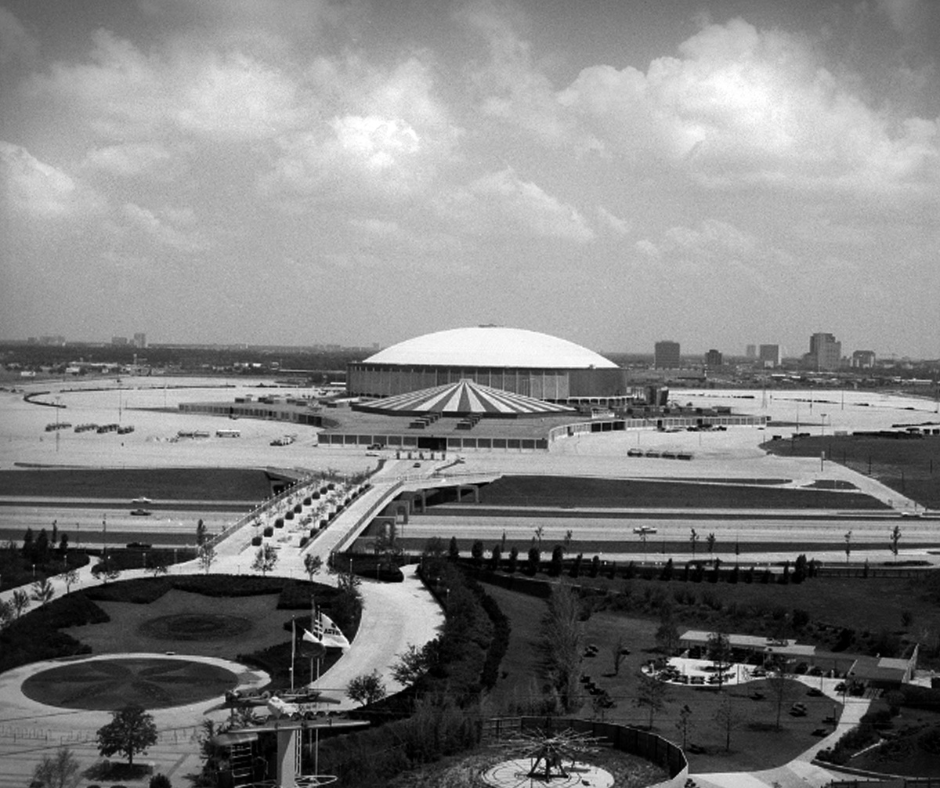
The Astrodome, located in Houston, Texas, is celebrated as the world’s first multi-purpose, domed sports stadium. Designed by the architectural firms of Hermon Lloyd & W.B. Morgan, and Wilson, Morris, Crain & Anderson, it opened in 1965 and was quickly dubbed the “Eighth Wonder of the World.” The dome, spanning 642 feet in diameter, covers an area of 9.5 acres and is composed of translucent panels that allow natural light to filter through.
The Astrodome revolutionized sports architecture by providing a climate-controlled environment, making it possible to host baseball, football, and a variety of other events regardless of weather conditions. It served as the home for the Houston Astros (Major League Baseball) and the Houston Oilers (National Football League) for many years. The Astrodome’s innovative design and historical significance have left a lasting legacy in the world of sports and entertainment venues.
Sheikh Zayed Grand Mosque (Abu Dhabi, UAE)
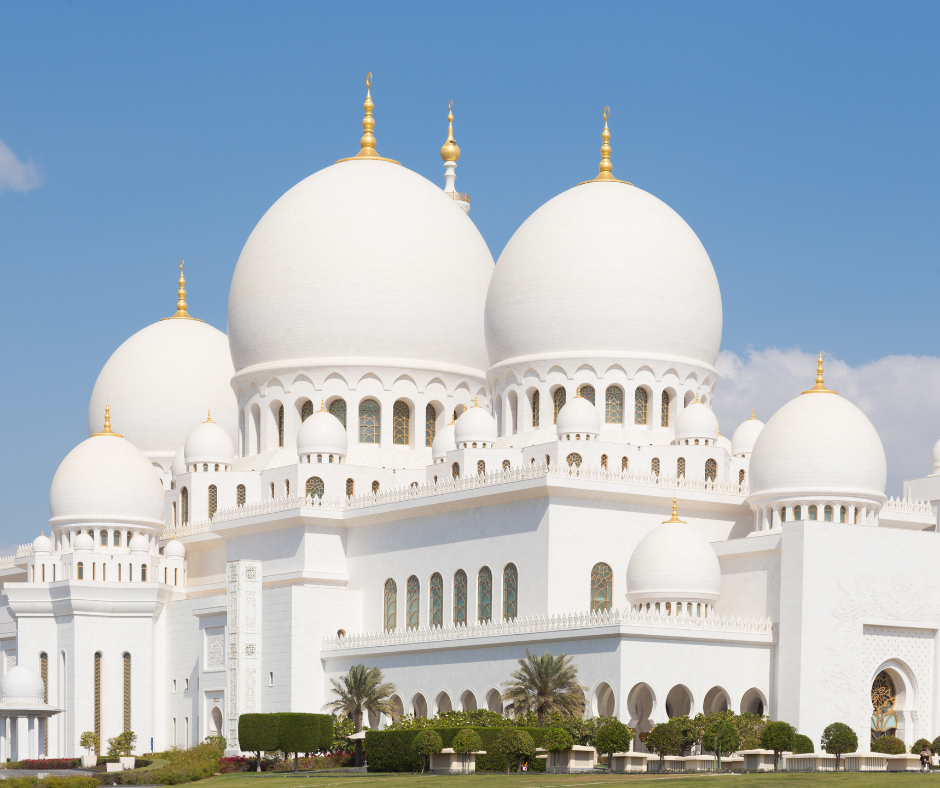
The Sheikh Zayed Grand Mosque in Abu Dhabi, UAE, is celebrated for its stunning white marble domes and expansive prayer halls. Designed by Syrian architect Yousef Abdelky, the mosque was completed in 2007 and is one of the largest mosques in the world. The central dome, which is one of the largest mosque domes globally, stands 85 meters (279 feet) tall and is surrounded by 82 smaller domes.
The mosque’s exquisite design incorporates elements from various Islamic architectural styles, including Moorish, Mughal, and Ottoman influences. The interior is adorned with intricate floral patterns, gold-plated chandeliers, and the world’s largest hand-knotted carpet. As a major cultural and religious landmark, the Sheikh Zayed Grand Mosque attracts millions of visitors each year, offering a space for worship, reflection, and appreciation of Islamic art and architecture.
Final Thoughts on the Timeless Appeal of Domed Buildings
From the timeless beauty of the Taj Mahal to the modern engineering marvel of the Astrodome, domes continue to captivate and inspire people around the world. We invite you to share your thoughts and experiences about the iconic domed buildings you love. Whether it’s a historical masterpiece or a contemporary wonder, tell us about the domes that have left a lasting impression on you. Join the conversation and celebrate the diverse and fascinating world of domed architecture with us.





